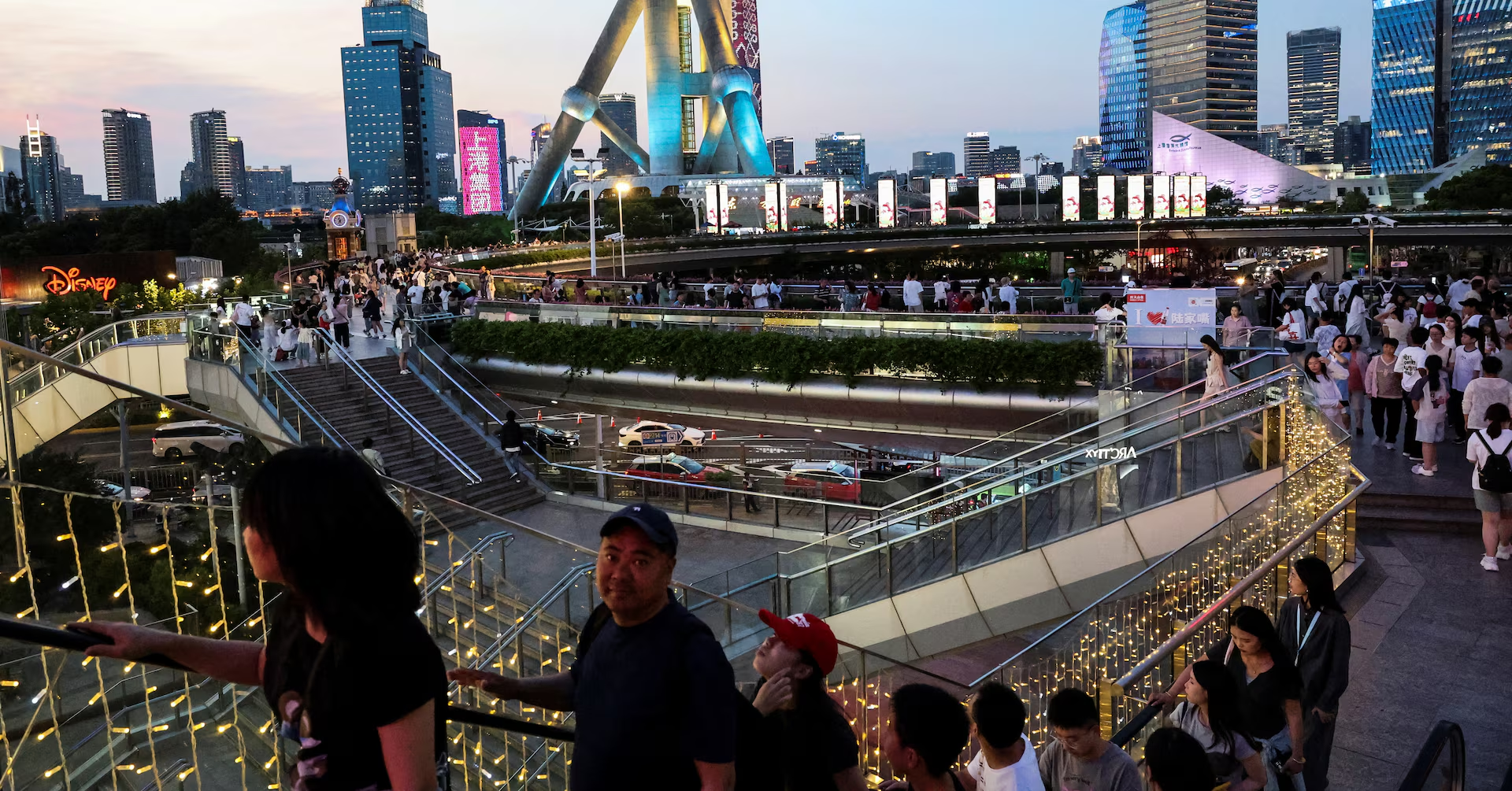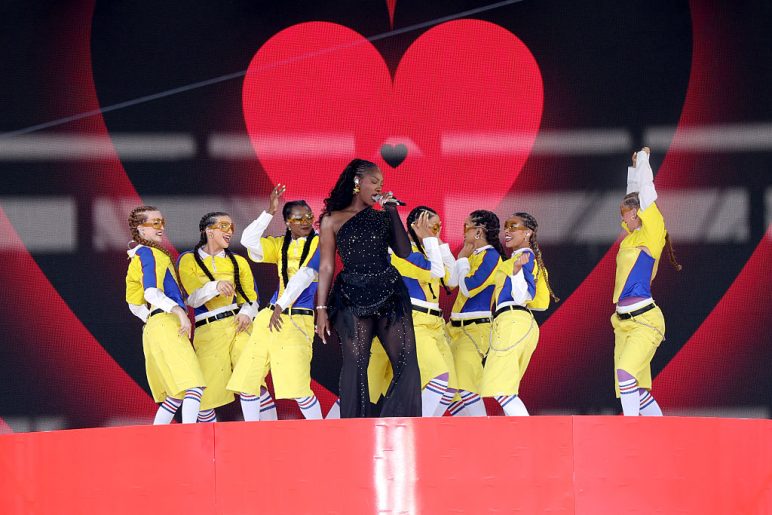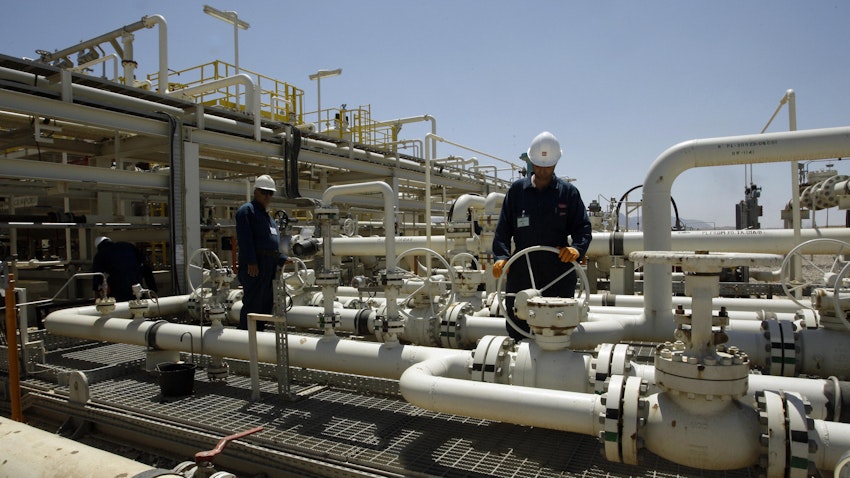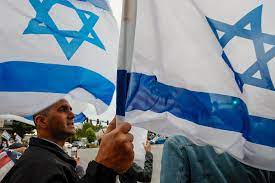Palestinian militant group Hamas on Thursday released Israeli soldier Agam Berger as part of a third hostage-prisoner exchange, an AFP journalist reported. The exchange, conducted under a ceasefire deal aimed at ending the Gaza conflict, also includes the release of three Israeli hostages and five Thai captives.
Berger, dressed in military fatigues, was paraded by Hamas militants on a stage in Jabalia, northern Gaza, before being handed over to officials from the International Committee of the Red Cross. Israel’s military confirmed her safe return and stated that she would undergo an initial medical assessment.
Prime Minister Benjamin Netanyahu’s office identified the three freed Israelis as Arbel Yehud, Berger, and Gadi Moses. The five Thai nationals held in Gaza were also released. Prior to their transfer, video footage aired by the Islamic Jihad militant group showed Moses and Yehud embracing and smiling.
The Moses family expressed their joy, saying they had “received with great excitement the wonderful news of our beloved Gadi’s return.”
A fourth exchange is scheduled for the weekend, though Hamas accused Israel of delaying aid deliveries, a claim Israel dismissed as “fake news.”
Ceasefire and Hostage Agreement
The ceasefire, which began on January 19, is contingent on the release of Israeli hostages taken during Hamas’s October 7, 2023, attack in exchange for 1,900 Palestinian prisoners held in Israeli custody. Before Berger’s release, Hamas had freed seven hostages, while Israel had released 290 prisoners.
According to the Palestinian Prisoners’ Club advocacy group, Israel is set to release 110 prisoners, including 30 minors, in exchange for the three Israelis. Netanyahu’s office has confirmed that the next swap, scheduled for Saturday, will involve the release of three Israeli men.
Humanitarian Aid Dispute
The truce has allowed the entry of aid trucks into the war-ravaged Gaza Strip, but Hamas has accused Israel of obstructing key supplies, including fuel, tents, and heavy machinery. “According to the agreement, these materials were supposed to enter during the first week of the ceasefire,” a senior Hamas official said, warning that further delays could disrupt the prisoner exchange.
Israel’s defense ministry body overseeing Palestinian affairs, COGAT, refuted the claims, calling them “totally fake news.” A spokesperson said that between Sunday and Wednesday morning, 3,000 trucks had entered Gaza, although the agreement stipulated 4,200 in seven days. The full terms of the ceasefire agreement, mediated by Qatar, Egypt, and the United States, have not been publicly disclosed.
Displacement and Reconstruction
The ceasefire deal’s first phase, spanning 42 days, mandates the release of 33 hostages, excluding the Thai captives. The next phase is set to focus on negotiating a long-term resolution to the war, while the final stage will involve Gaza’s reconstruction and the return of any remaining deceased hostages.
U.S. President Donald Trump has repeatedly claimed credit for the agreement, despite it taking effect before his inauguration. His Middle East envoy, Steve Witkoff, met Netanyahu in Israel on Wednesday. Trump has invited Netanyahu to the White House on February 4, according to the Israeli prime minister’s office.
Following the truce, Trump proposed relocating Palestinians to neighboring countries, a suggestion strongly rejected by regional leaders. Egyptian President Abdel Fattah al-Sisi denounced the idea as an “injustice that we cannot take part in.” Similarly, Jordan’s King Abdullah II emphasized the need to uphold Palestinian land rights and the two-state solution.
According to the UN humanitarian office (OCHA), more than 376,000 displaced Palestinians have returned to northern Gaza since Israel reopened access. However, many have returned to find their homes reduced to rubble.
“My house is destroyed,” said 33-year-old Mohammed Al-Faleh. “This morning, we built a small room with two walls made from the remains of our home. There is no cement, so I used mud.”
He added, “The biggest problem is that there is no water— all the wells are destroyed. Food aid is reaching Gaza, but there is no gas or electricity. We bake bread on a fire fueled by wood and nylon.”











